Learning anything new is difficult, and the guitar is not an exception. Many beginner players wondered if there is anything that they could do to toughen up their fingertips. There are different guitars, with different set-ups and it’s not always easy as the famous players make us believe.
If you ever watched a professional guitar player, you might’ve noticed that there is not a single hint of trouble while playing. Here we will go through several useful tips on how to toughen your fingertips so you too, could play with ease.
The main reason why more experienced guitarists can play for such a long time without showing that they are hurting is calluses. But what kind of calluses are we talking about?
When playing the guitar for a while, your fingertips will develop calluses, and the skin will become thicker. This will allow you to reduce the sensitivity of the tips of your fingers.
Here is how you can toughen up your fingertips
Play An Acoustic Guitar
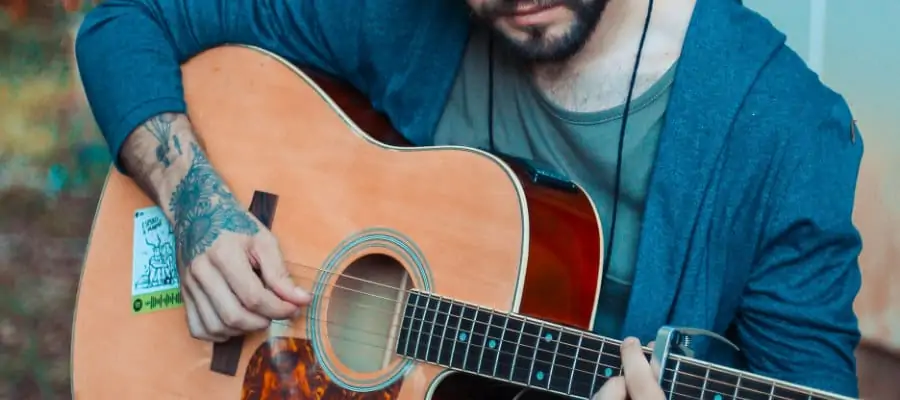
Acoustic guitars are usually a lot harder compared to electric ones. There are two reasons why this is the case.
The first reason is the distance between the fretboard and the strings, or as players call it: action. The higher the strings are, the more difficult it will be for you to play because of the force you’ll have to apply.
The second reason is the string gauge. The thickness of strings has a lot of impact on the playability of the guitar. Acoustic guitars usually have thicker strings like .10 while electric guitar string thickness on average is .09 but sometimes even goes to .07 gauge.
If you have an electric guitar only, you can always take it to the service and ask for the thicker strings or higher action. It will help you develop calluses faster, and reduce further pain while playing.
If you are looking for budget acoustic guitar, you can check out my post Top 20 Budget Acoustic Guitars Under $100, $150, $200, $300 For Beginners
Pick The Right Strings Thickness(Gauge)
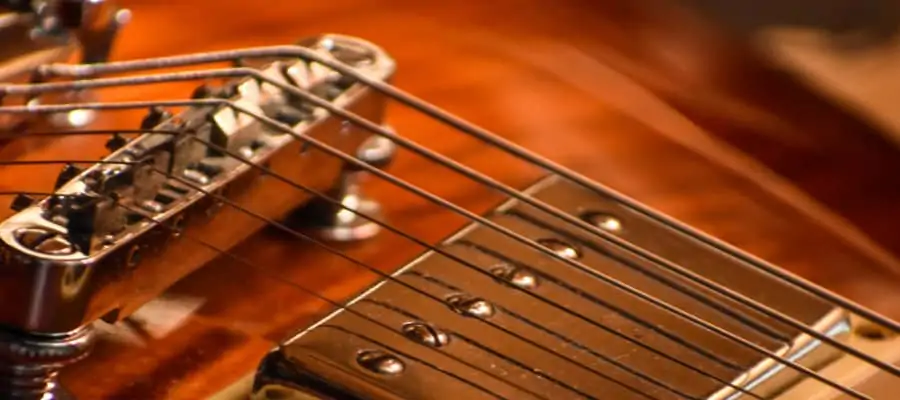
We already talked about setting up the guitar, and one of the main things you should think about is the right string gauge.
While thinner strings like .08 and even.09 gauge will make your guitar softer and easier for playing, it will not really help you with toughening your fingertips. You might want to consider switching to heavier strings if you are a beginner.
Picking heavy strings might seem to be counter-productive, but learning how to play on them will make your future guitar-playing career much easier. Playing light strings might be easier, but if you opt for heavy gauge strings, you will develop those calluses pretty fast.
If you still uncertain about your guitar strings you can check out my recommendation Best Electric Guitar Strings – How To Choose & Change Them?
Keep Your Nails Short
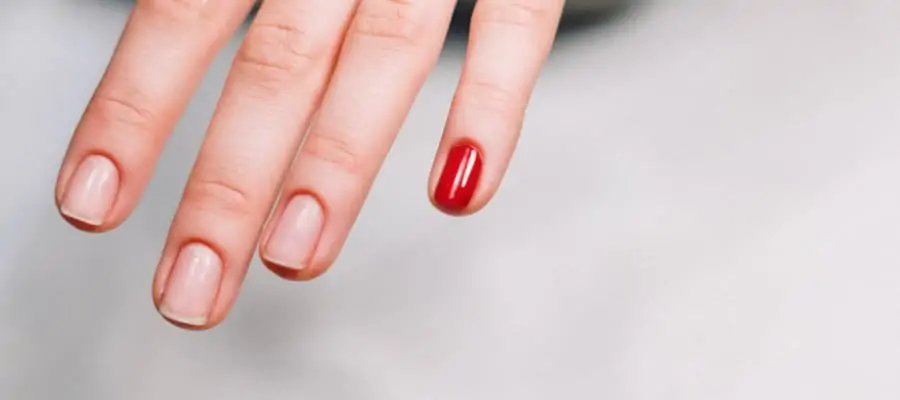
It will be nearly impossible for you to toughen your fingertips if you keep your nails long. Nails will hinder you from getting accurate notes, as well as using your fingertips fully.
The tips of your fingers won’t be able to properly fret the strings, and because of that, it will be harder for them to toughen up. Furthermore, it will be extremely difficult for you to play chords or even simple tunes.
Trimming your nails should be something you never forget to do before playing the guitar.
Press The Right Amount On The Strings

Beginner guitar players tend to press the strings too hard while playing. This is one of the major mistakes.
You want to press the strings as much as it is needed for the sound to be clear, and without any buzzing. Using too much force can only result in unnecessary pain and even tendonitis!
While practicing, try to relax your hand, as well as your fingers as much as possible to avoid any damage to your hand. Pressing too hard can be dangerous and it can stop you from playing guitar until you recover.
It is quite normal for fingertips to hurt after practice. After all, there are so many nerve endings in our fingertips. But feeling any kind of pain in your wrist or elbow means you’re doing something wrong.
Use Guitar Gadgets
- BUILD STRENGTH AND DEXTERITY – Develop and maintain strength and...
- CUSTOMIZED TENSION - Varigrip allows you to adjust and customize the...
- SIMULATED STRINGS- By removing the reversible molded grip you can uncover a...
- ON-THE-GO CONDITIONING – Varigrip is the ultimate portable workout. At...
One of the things guitar players love to do in their spare time is using some kind of pocket gadget. You can use the D’Addario Hand Exerciser to strengthen your fingers.
An Alternative for this is an old credit card. place it in the palm of your hand and press the edges with your fingertips. Placing fingertips where the strings would be will help with the pressure and building calluses. This is The most convenient thing is that you can do this while you wait for a bus, or if you are at school.
Some players prefer to press their nails against their fingertips, simulating guitar strings. If you are not a fan of either of these options, you can always get a guitar exerciser that is designed for improving dexterity, finger strength, as well as developing calluses.
Don’t Play After A Shower Or A Swim
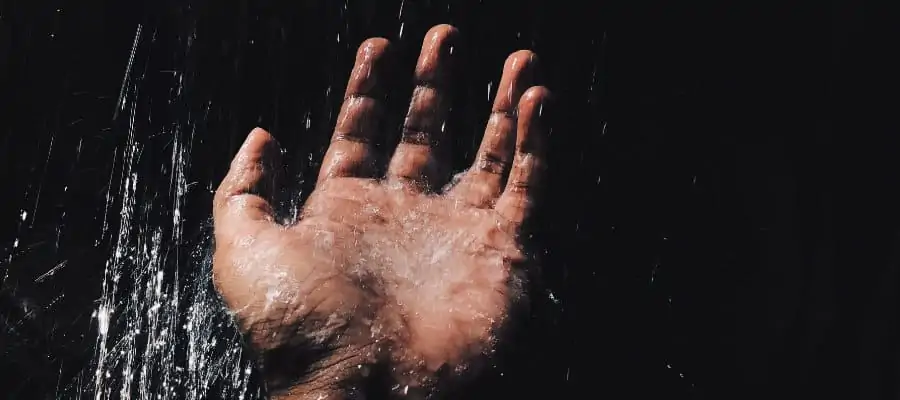
Try to avoid playing the guitar after taking a shower. While it is recommended to wash your hands before playing, taking a shower will make your hands wrinkled and will soften your fingers.
You want to avoid practicing until your fingers are all dry. Otherwise, if you immediately start playing after a shower, swimming, or washing dishes, your hard-earned calluses might be gone.
Use A Rubbing Alcohol
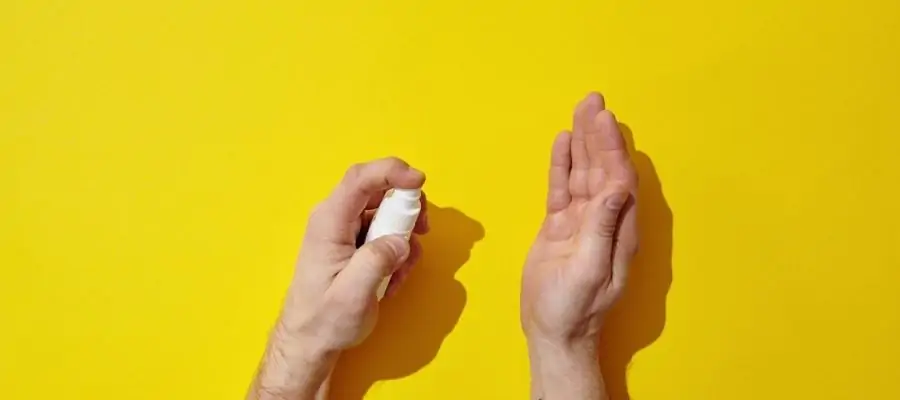
Now, this is one of the famous methods that people love to call “Eric Clapton’s famous elixir”. There is a rumor that he used to do this to help him play for longer periods of time.
The whole idea is to use rubbing alcohol for your fingertips two or three times a week. You would use a cotton pad or wipes soaked in alcohol to wipe the tips of your fingers. This will dry up the skin and help calluses built faster. You can 16 Oz for under $10 on Amazon
Don’t Remove The Calluses On Your Fingertips
While this might sound unnecessary to mention after a while removing them might look tempting. Especially if you just been in a shower, those calluses would look all soft and wet.
Whatever you do, you must resist the temptation or you’ll be back where you started. In addition, you will expose soft skin underneath them, and you’ll feel even more pain than when you started playing.
Relieve Fingertips Pain
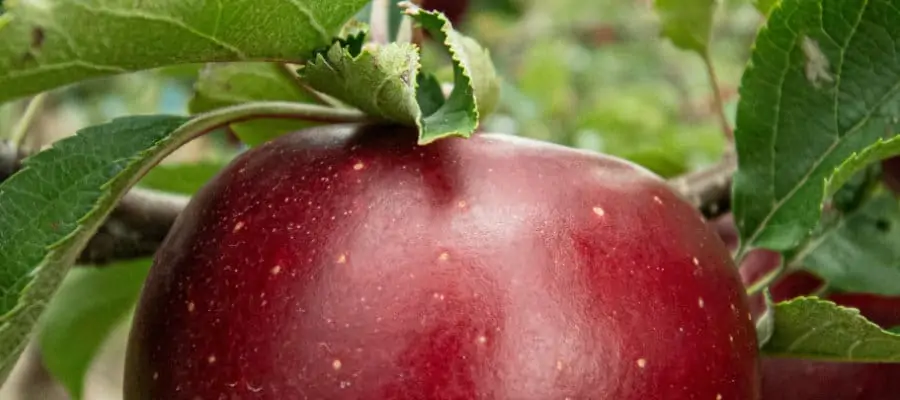
There are certain ways you can ease your pain. Of course, we are talking about fingertips. The only type of pain related to the guitar playing is at your fingertips. There shouldn’t be any kind of pain anywhere else.
It is important to mention that everyone had problems with pain at their fingertips in the beginning. It’s normal. The things you can do to reduce the pain are trying lighter gauge strings or reducing practice sessions.
It is more effective to have a certain kind of routine. For example, playing every day for half or a full hour, instead of playing one day for six hours and then doing nothing for the rest of the week.
Using a natural numbing agent will also greatly help with finger soreness. Amongst the best remedies for sore fingertips is apple cider vinegar. Soaking your fingertips in vinegar before and after playing might help with the soreness problem.
If you want to try this option, be sure to wipe your fingers before playing because vinegar can cause damage to your guitar. Instead of apple cider vinegar, you can always try toothache cream. The other option is to ice your fingertips. Using an ice cube will temporarily help with the pain.
While many people would advise playing through the pain, there are situations where you need to take a break. Playing through pain is a great way to improve both your playing, as well as dexterity and finger toughness.
But it is important to know when to stop. If the pain is too much for you, and you don’t feel comfortable playing, you should take a break. And remember, it will become easier.
Use Super Glue To Create Fake Callus
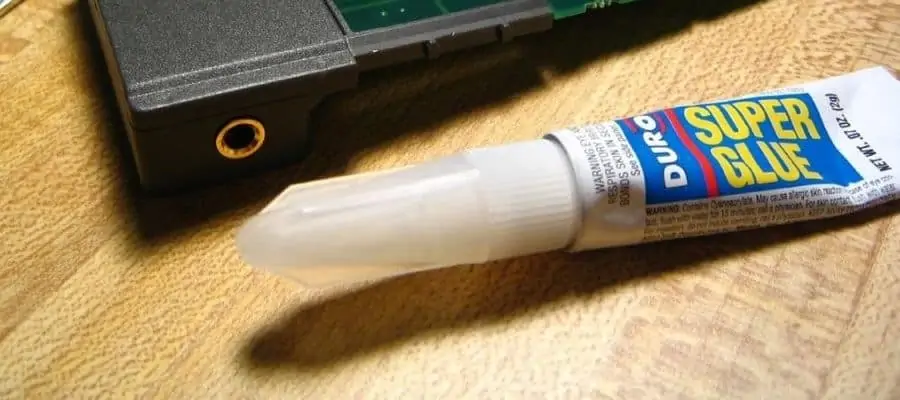
This is one of the methods that is more of a “cheating”. Using super glue to create fake callus. There is an old rumor that Stevie Ray Vaughan used to glue his fingertips while playing.
There are several things you would want to look out for. The first thing is not to glue fingers together. The second one is to avoid superglue crumbling all over your fretboard.
So make sure you apply a small amount of glue to your fingertips and let it completely try before you touch anything.
Keep The Routine Going
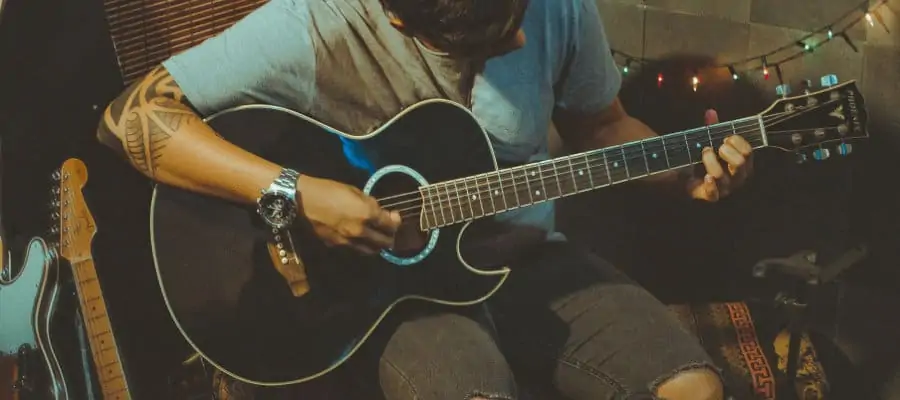
No matter what happens, you should always remember that you’re not alone. We all had problems at the beginning. The thing you should do is preserve. It is important to never give up and continue playing.
Pain in the fingertips is normal, but it will pass. Before you know it, you will think about how you learned some awesome solo, and you’ll realize that you haven’t thought about your finger pain for months.
The key to becoming a great guitar player is practice. Playing at least a little every day will lead you to a beautiful world without pain and with tons of fun.
If you are having trouble staying motivated to play the guitar, check out my post How I Motivate Myself To Play Guitar Every Day – 15 Tips
How Long Does It Take To Build Up Calluses?
How long does it really take? How long will my fingers hurt? How long does it take for fingers to get used to the guitar? These are some of the most common questions, and the answer is rather simple.
The main deterrent for this question is the amount of time you spend playing. If you practice at least an hour a day, you will be able to see the results pretty quickly.
While the practice is always welcomed, and the more you play the faster you’ll develop calluses, you can always stick to the routine and play a bit every day.
Your fingers will inevitably hurt the first few days when you start playing. Whether you just started learning, or you haven’t played in a while, the first few days might be painful.
After two weeks, any type of pain in your fingers will become bearable and you will be able to play for longer periods of time. In addition, after a month almost all the pain will be gone and your fingertips will be noticeably thicker.
Just remember not to remove any skin. It will fall off naturally.
Conclusion
While the best way to toughen your fingertips and build up those calluses is practice, be sure not to overdo it. Getting cuts will make it impossible for you to continue playing.
It is good to know that over time it will become easier. If you follow these simple steps, you will develop tougher fingertips and you will know how to take care of them.
You should always take care of your fingers because they will be your main tool for creating beautiful music.
If you found this article useful you may want to save this pin below to your Guitar board

Last update on 2025-12-22 / Affiliate links / Images from Amazon Product Advertising API
8 thoughts on “11 Easy Tips How To Toughen Up Your Fingertips”
Leave a Reply
Recent Posts
When learning new songs have you noticed that some of the chord sequences sound really good? But when you tried to come up with your own chord sequence, or as we call it chord progression, you found...
Some guitarists insist on buying an expensive amplifier with their electric guitar. They assume that this is a must for every type of guitarist out there. However, in some situations, this isn’t...

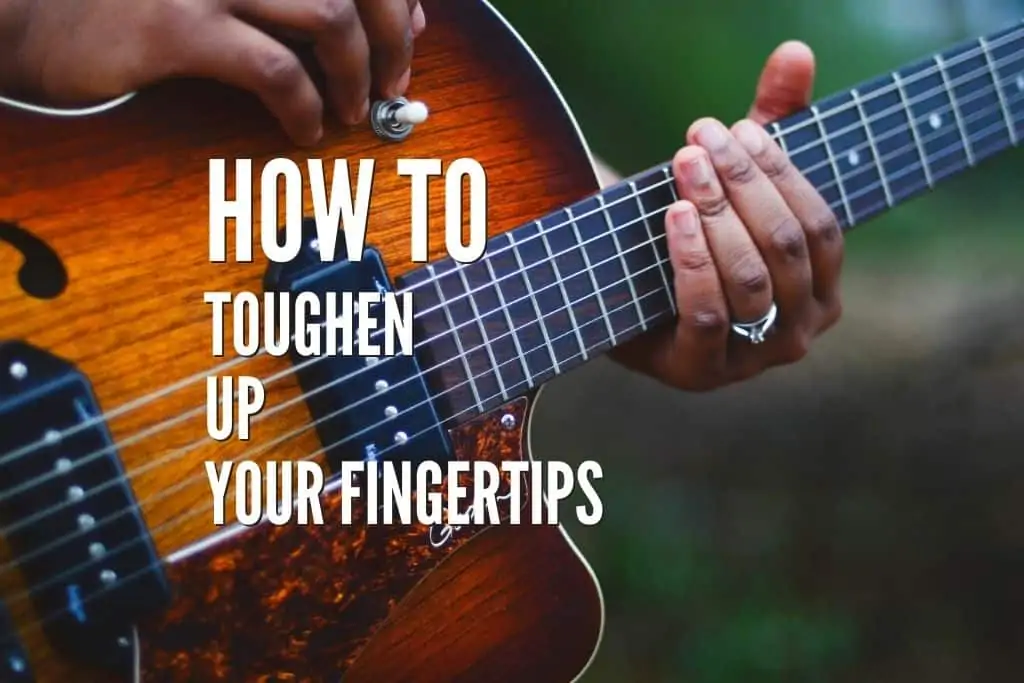
Persevere – “Continue a course of action even in the face of difficulty.”
I agree and disagree.
You need to know your limit otherwise you can badly hurt yourself. You should try persevere but don’t exaggerate.
Very interesting information and obviously a great way to learn about the doe’s and don’ts.
Thanks!
I hope it helped you 🙂
Thank you Jacob! Started playing 52 years ago but have not been able to keep practicing very often and, at times, due to a very busy life, have gone for years without picking up my Taylor NS72ce or my Taylor 814ce guitar and have just now starting to play again during retirement. Your tips are excellent and should help me get rid of the “fuzzy duds” of my fret board fingering.
Hi Noah!
WOW! Thank you for sharing! this inspires me a lot to keep on writing articles like these!
Keep on playing!
Hi, John here, just read your article in finger tip toughing, and I will put it to work, I used to play rock, then country, now gospel, and I got to get back into it, it’s been to long, wish me well.
I hope those tips will help you get back quickly john 🙂